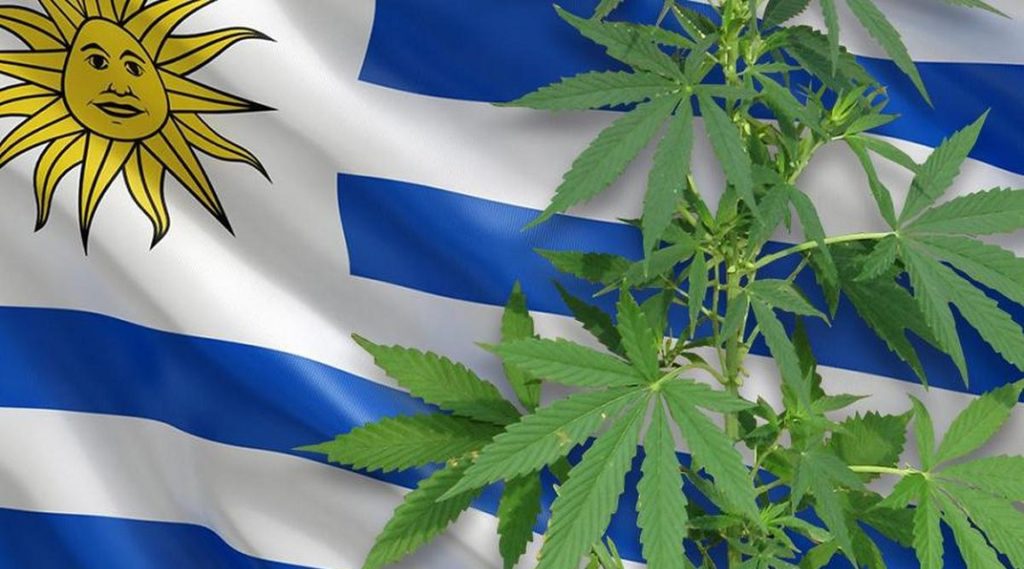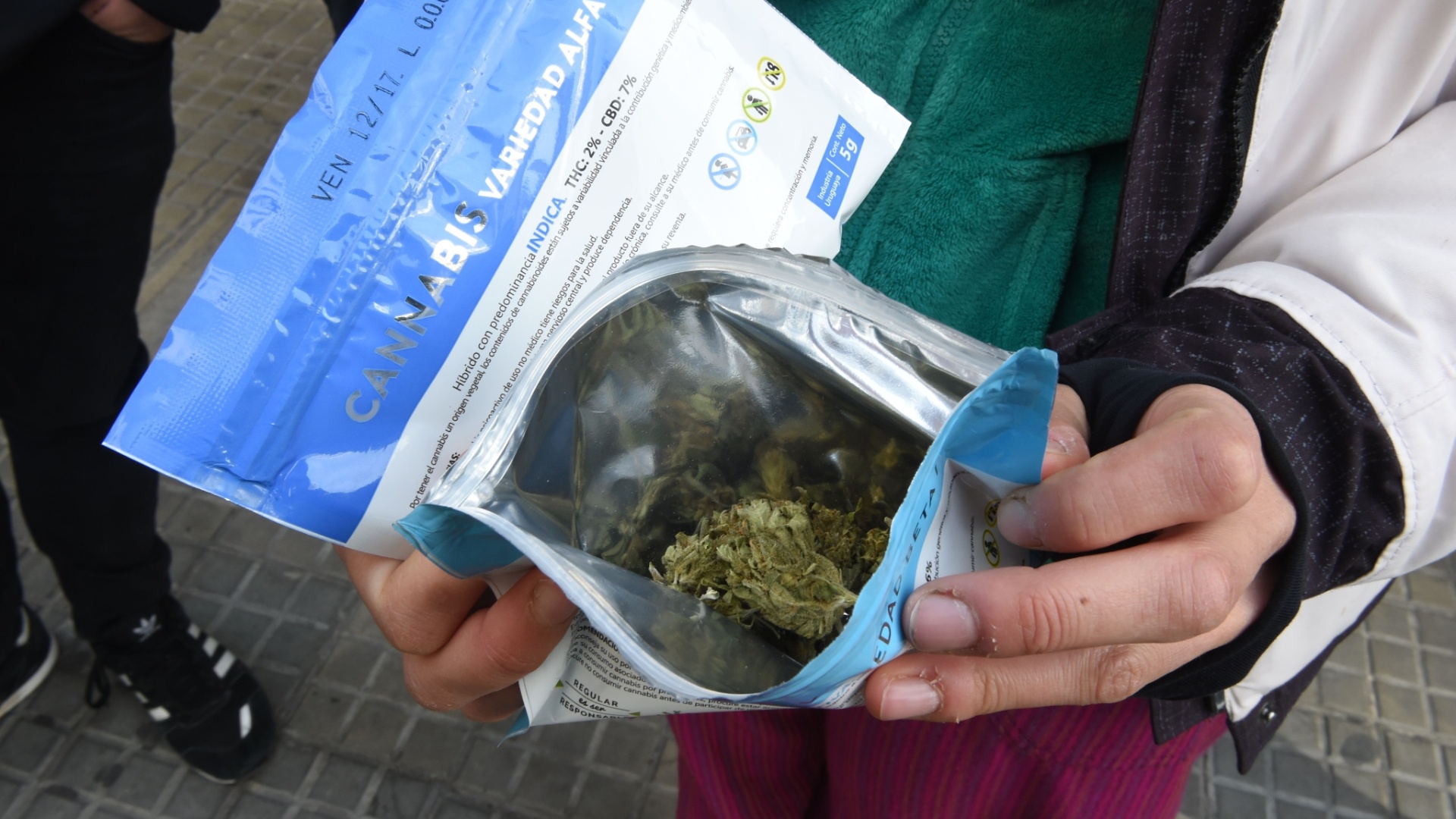RIO DE JANEIRO, BRAZIL – Uruguay formally became the first country in the world to legalize cannabis for non-medical use in December 2013, through Law 19,172. However, it was not until 2017 that the law’s regulation began to be implemented.
Despite having been formalized during the so-called leftist governments (Pepe Mujica and Tabaré Vázquez), the legalization of cannabis in Uruguay had already been raised in 2001 by liberal president Jorge Batlle. At present, under the government of Luis Lacalle Pou, it has also been made more flexible, and progress has been made with compliance with the regulations.
Therefore, the legalization of marijuana in Uruguay is not linked to the political leadership of the moment but, more than anything else, to a model of society and country.

Eduardo Blasina, agronomist engineer and Director of the Cannabis Museum, affirms that Uruguay, being a smaller country, can control marijuana legalization more efficiently without infiltration by drug traffickers. In addition, the political and economic stability, the history of product traceability, and secularism are some of the reasons that allowed this opening.
“Uruguay already has a history of experimenting with legislation that is not yet in place in neighboring countries and that provides certain freedoms and rights and that, after they are implemented, and it is known that they work well, they are adopted in other places,” he told El Economista.
Pioneering legalization but with caution
It has been argued that the regulation of cannabis in Uruguay is both pioneering and conservative at the same time. Although marijuana can be accessed through self-cultivation (with a maximum of 6 plants per household), through cannabis clubs (with a maximum of 99 plants), and through registered pharmacies, there still is strict control by the Ministry of Public Health.
In addition, Law 19172 itself expressly prohibits in Article 11 any advertising, promotion, sponsorship, or patronage of psychoactive cannabis products. The obligation to be registered is also a disincentive for those who prefer to remain anonymous. However, there seems to be a political will to eliminate some of these obligations.
A marijuana consumer in Uruguay can withdraw up to 40 grams per month, equivalent to several “joints” per month. It is considered a generous amount since it is not for repetitive use like nicotine.
In addition to recreational use, at the medical level, the use of cannabinoids, already integrated into conventional medicine, is allowed to treat migraines, epilepsy, and Parkinson’s, among other diseases. For that purpose, the Medical Society of Endocannabinology was created and has operated since 2017.
As for the export of the product, in early 2020, foreign sales were unlocked. It was vital for companies that had been harvesting without the possibility of placing their non-psychoactive cannabis production, i.e., that which has less than 1% THC (tetrahydrocannabinol) and is considered an agricultural product like any other.
According to official data, there are 120 companies linked to the cannabis industry in Uruguay. It employs more than 1,000 people, being relevant to the female labor force in this area, mainly from rural areas.
Blasina says that Uruguay is the absolute pioneer because it was the first to legalize and the first in South America to enter Switzerland, a demanding market.
However, Uruguay has to update its legislation to not fall behind competing countries, mainly Ecuador and Colombia. “There is a universe of possibilities given that demand is growing, but legislation is irregular,” he adds.
Sales to the world and tourism
The supply of Uruguayan cannabis to the world is fundamentally in two ways. Through exports and cannabis tourism, although the latter is still in development.

There is no doubt about the advantages of commercialization. The economic reasons are self-evident. For Blasina, it is a product that has been absurdly banned, which has no visible danger and has a diversity of benefits and a demand that is growing explosively everywhere, from food to clothing and paper production.
Both Uruguay and Argentina are exporters of earth products of high quality; therefore, stopping the development of the cannabis industry would not make any sense.
The countries that buy the most are Israel and Switzerland. However, Blasina points out that Germany, after Angela Merkel, could become an important buyer since the new coalition government seems determined to legalize marijuana.
So far, entering Switzerland is easier because it accepts 1% THC like Uruguay, then they dilute it and re-export it. Officially, the European Union accepts up to 0.3% THC, but if Germany were to incorporate 1%, it would be an interesting opportunity.
As for tourist attractions, in addition to the clubs, Uruguay has the Cannabis Museum of Montevideo. It is a historic house where the musician Eduardo Mateo used to go frequently, which has a striking botanical garden to be in contact with nature. There is also a varied collection of cannabis objects. “The tourist who comes to the country interested in consumption knows that he can smoke in any public space, from a square to the beach, and that nobody is going to bother him or stop him for that,” he says.
It makes the experience natural because, as far as consumption is concerned, although Uruguay does not have a specific product, it offers a variety of flavors that tourism demands. But it goes hand in hand with the need for a relaxation of regulations because, so far, it is forbidden to promote cannabis tourism.
What is to come
At present, there are cannabis spa projects, and recently the house of Susana Giménez, in Garzón, was acquired for US$ 4.7 million for a cannabis greenhouse. According to the investor group led by Argentine Facundo Garretón, the aim is to create a cannabis center where it will be possible to visualize everything from harvesting to the drying of cannabis.
There will also be a gastronomic and medicinal offer with and without psychoactive substances, similar to those in California, United States.
The opening of this center awaits the relaxation of national regulations, where tourists will have the same possibilities as nationals and residents in terms of cannabis consumption.
The political will is already given by both the government and the opposition since it is an industry with immense possibilities.

